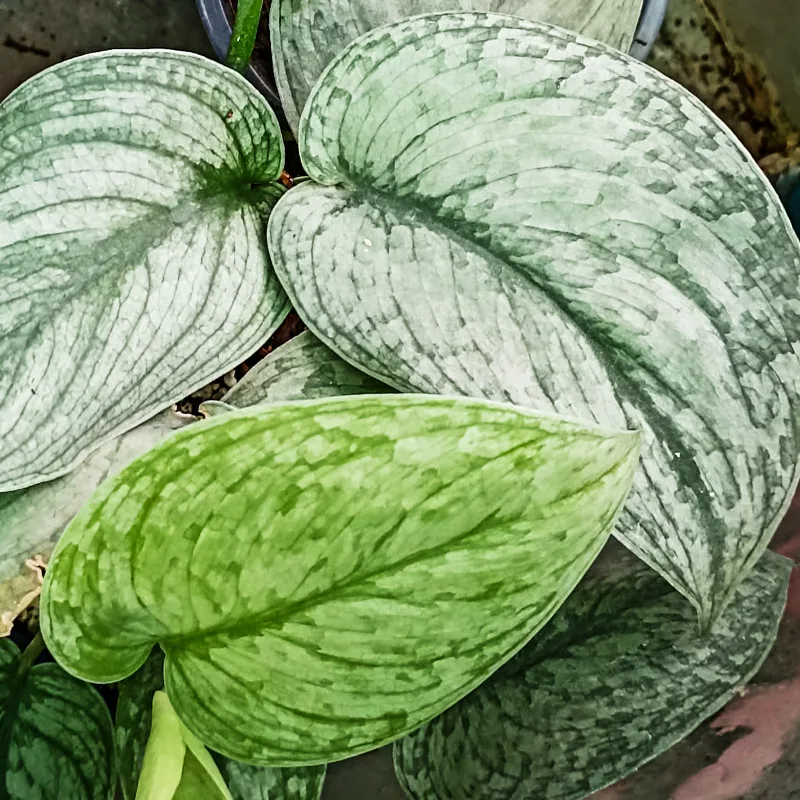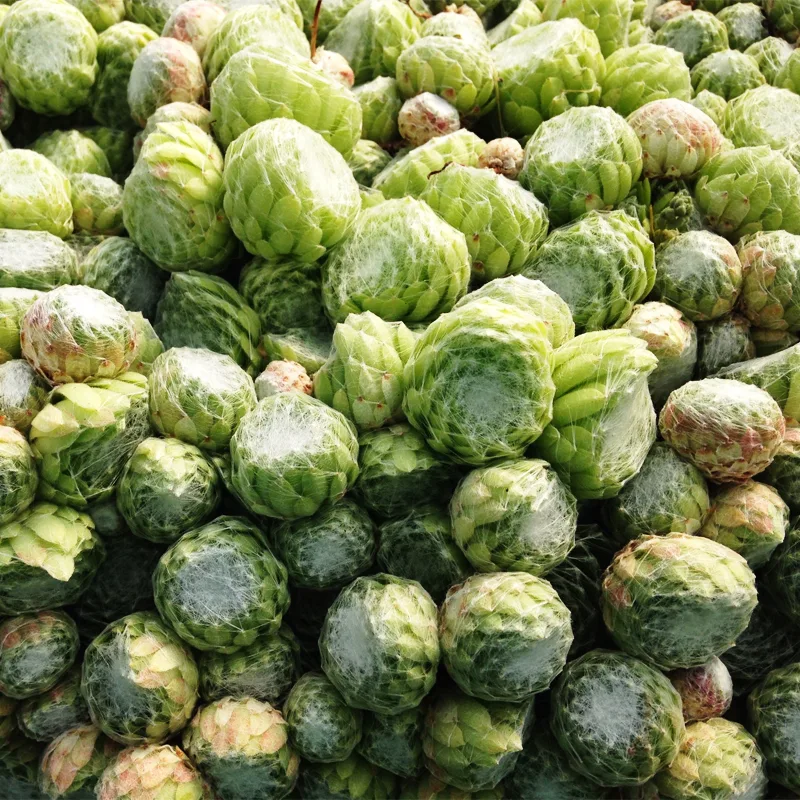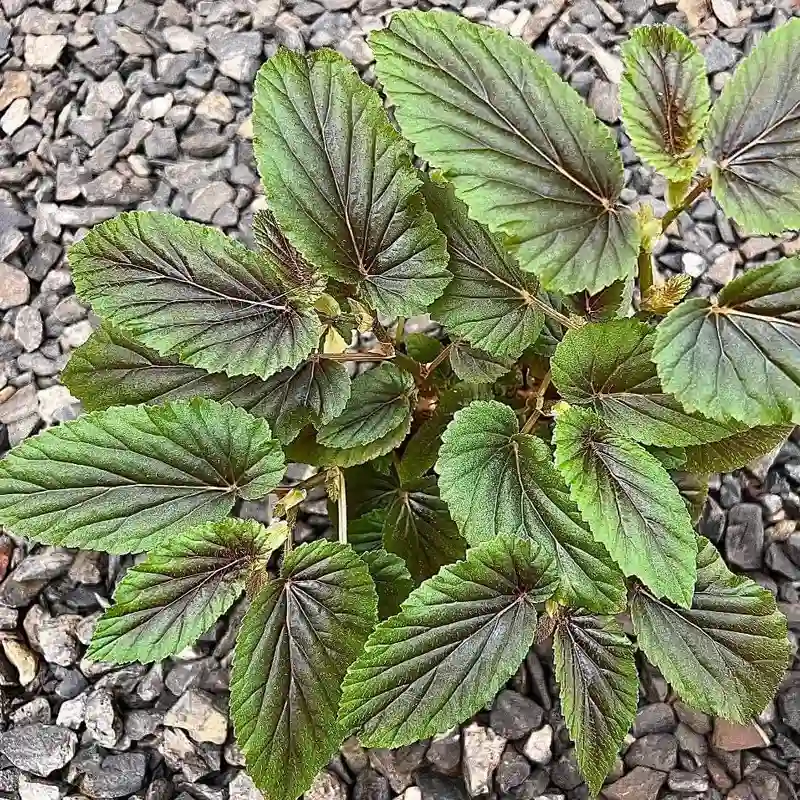My Horseradish Odyssey: An Exploration of the Armoracia Genus
As a lifelong lover of all things culinary, I, Ferb Vu, have always been fascinated by the diverse world of flavors that plants offer. One genus that has particularly piqued my interest is Armoracia, a group of pungent herbs belonging to the Brassicaceae family. This family, also known as the mustard family, is renowned for its distinctive sharp flavors, and Armoracia certainly lives up to this reputation.
A Pungent Trio: Unveiling the Species in Armoracia
The Armoracia genus is relatively small, comprising only three recognized species:
- Armoracia rusticana: This is the star of the show, the species we commonly know as horseradish. Its large, white, tapered root is the source of the potent flavor that makes horseradish a beloved condiment worldwide. Plant FAQs: Horseradish – Armoracia Rusticana
- Armoracia macrocarpa: This species, also known as the large-fruited horseradish, is less common than its culinary cousin. It is distinguished by its larger fruits and preference for wetter habitats.
- Armoracia sisymbrioides: This lesser-known species is native to Siberia and has smaller, more slender roots than Armoracia rusticana.
Horseradish: A Culinary and Cultural Icon
Of the three species, Armoracia rusticana undoubtedly holds the most prominence. Its fiery flavor has been appreciated for centuries, adding a distinctive kick to dishes across the globe. From the classic roast beef and horseradish pairing to its use in sauces, dips, and even cocktails, horseradish’s versatility knows no bounds.
The cultivation of horseradish is believed to have originated in southeastern Europe, with evidence suggesting its use dates back to ancient Egypt. Its culinary and medicinal applications quickly spread throughout Europe and Asia, becoming a staple ingredient in many traditional cuisines.
Beyond the Bite: The Versatility of Horseradish
While the root is the most commonly used part of the horseradish plant, the leaves are also edible. They possess a milder, slightly peppery flavor and can be added to salads or used as a garnish.
Interestingly, horseradish has also been used for its medicinal properties. Traditionally, it was believed to aid digestion, relieve respiratory ailments, and even treat rheumatism. Modern research suggests that horseradish contains compounds with potential antibacterial and anticancer properties.
A Personal Connection: My Horseradish Journey
My own fascination with horseradish began in my childhood. I vividly remember the first time I tasted it – the intense heat that surprised my palate, followed by a lingering warmth that left me wanting more. Since then, I’ve enjoyed experimenting with horseradish in my cooking, discovering new ways to harness its unique flavor.
Whether I’m grating fresh horseradish root into a creamy sauce for a Sunday roast or adding a dollop of prepared horseradish to a Bloody Mary, I always appreciate the bold punch it brings to the table.
Looking Ahead: The Future of Armoracia
While Armoracia rusticana remains the dominant species in culinary and commercial use, there’s growing interest in exploring the potential of the other Armoracia species. Research is underway to investigate their flavor profiles, nutritional content, and potential applications in food and medicine.
As a passionate advocate for culinary exploration, I’m excited to see what the future holds for the Armoracia genus. Perhaps one day, we’ll see Armoracia macrocarpa and Armoracia sisymbrioides sharing the culinary stage with their more famous relative, adding new dimensions to our gastronomic experiences.
If i die, water my plants!



